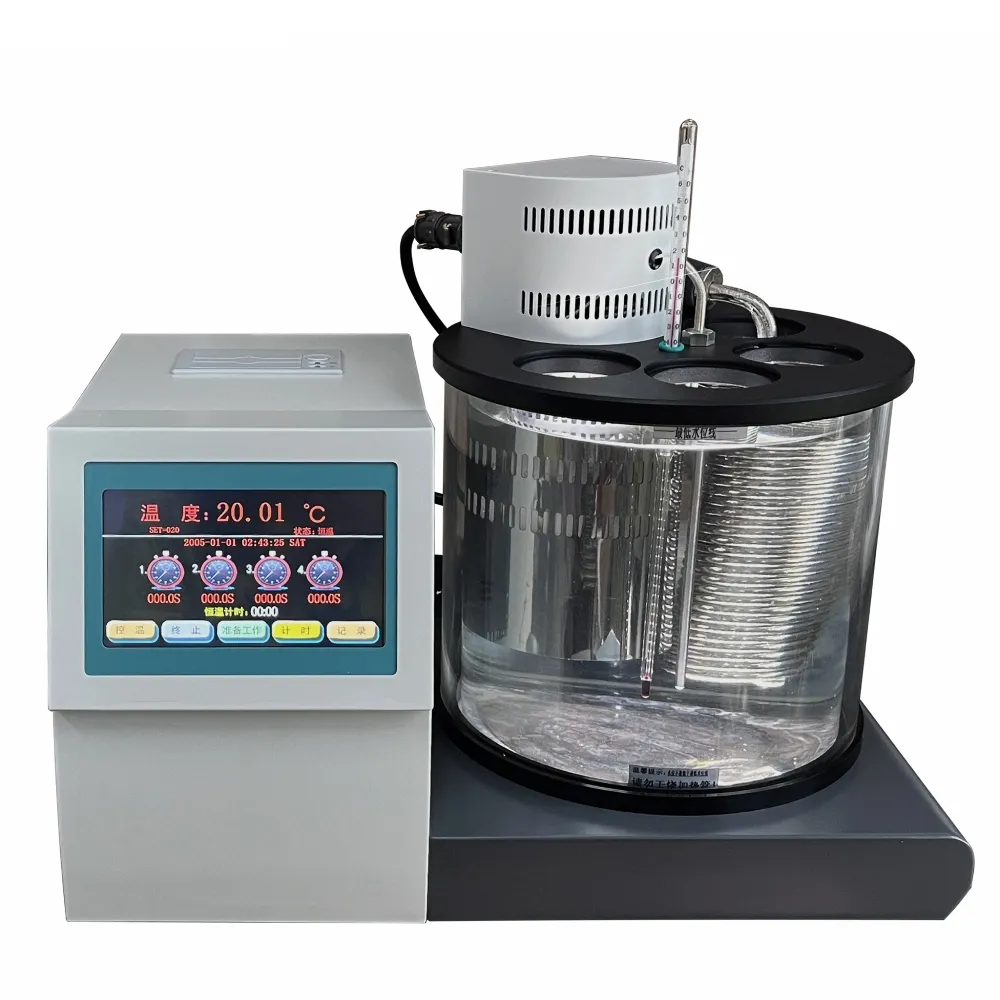 English
English


power frequency withstand voltage test transformer
Understanding Power Frequency Withstand Voltage Test for Transformers
Transformers play a crucial role in electrical power systems, allowing for the efficient transmission and distribution of electricity. To ensure the reliability and safety of these vital components, various tests are conducted during their manufacturing and maintenance phases. One of the most significant of these tests is the Power Frequency Withstand Voltage Test, often referred to as the dielectric withstand test.
The Power Frequency Withstand Voltage Test evaluates a transformer's insulation strength by applying a high alternating current (AC) voltage for a specified duration. This test is crucial for verifying that the insulation can effectively handle operational voltages and any potential surge events that may occur during normal functioning. Typically, the frequency used in these tests is 50 or 60 Hz, mirroring standard power supply frequencies, thus simulating real-world operating conditions.
The procedure for conducting this test involves isolating the transformer from its connected circuitry and applying a voltage that is significantly higher than the normal operating voltage. This is done to examine whether the insulation can withstand transient conditions without breaking down. The duration of the test usually lasts from one to several minutes, depending on the specifications and standards set forth by relevant regulatory bodies, such as the International Electrotechnical Commission (IEC) or the Institute of Electrical and Electronics Engineers (IEEE).
power frequency withstand voltage test transformer

Successful completion of the Power Frequency Withstand Voltage Test indicates that the transformer is equipped to handle the stresses it will encounter during its operational life. Conversely, if the transformer fails the test, it may experience dielectric breakdown, which can lead to severe operational failures, costly repairs, and safety hazards. Such failures may stem from manufacturing defects, material degradation over time, or damage incurred during transport and installation.
Moreover, it is important to note that this test is not just a one-time requirement. Routine dielectric testing is recommended at regular intervals throughout a transformer’s lifecycle to ensure continued performance and reliability. Utilities and maintenance organizations often utilize these tests to assess the condition of aging transformers, helping to preemptively address potential failure points before they result in system-wide outages.
In conclusion, the Power Frequency Withstand Voltage Test for transformers is a fundamental procedure to ensure electrical safety and reliability. By verifying that insulation systems can withstand expected voltage levels, manufacturers and operators can better safeguard the integrity of electrical grids. This proactive approach to maintenance not only enhances the performance of individual transformers but also contributes to the overall stability of power systems, ultimately benefiting consumers and industries alike.
-
Differences between open cup flash point tester and closed cup flash point testerNewsOct.31,2024
-
The Reliable Load Tap ChangerNewsOct.23,2024
-
The Essential Guide to Hipot TestersNewsOct.23,2024
-
The Digital Insulation TesterNewsOct.23,2024
-
The Best Earth Loop Impedance Tester for SaleNewsOct.23,2024
-
Tan Delta Tester--The Essential Tool for Electrical Insulation TestingNewsOct.23,2024





